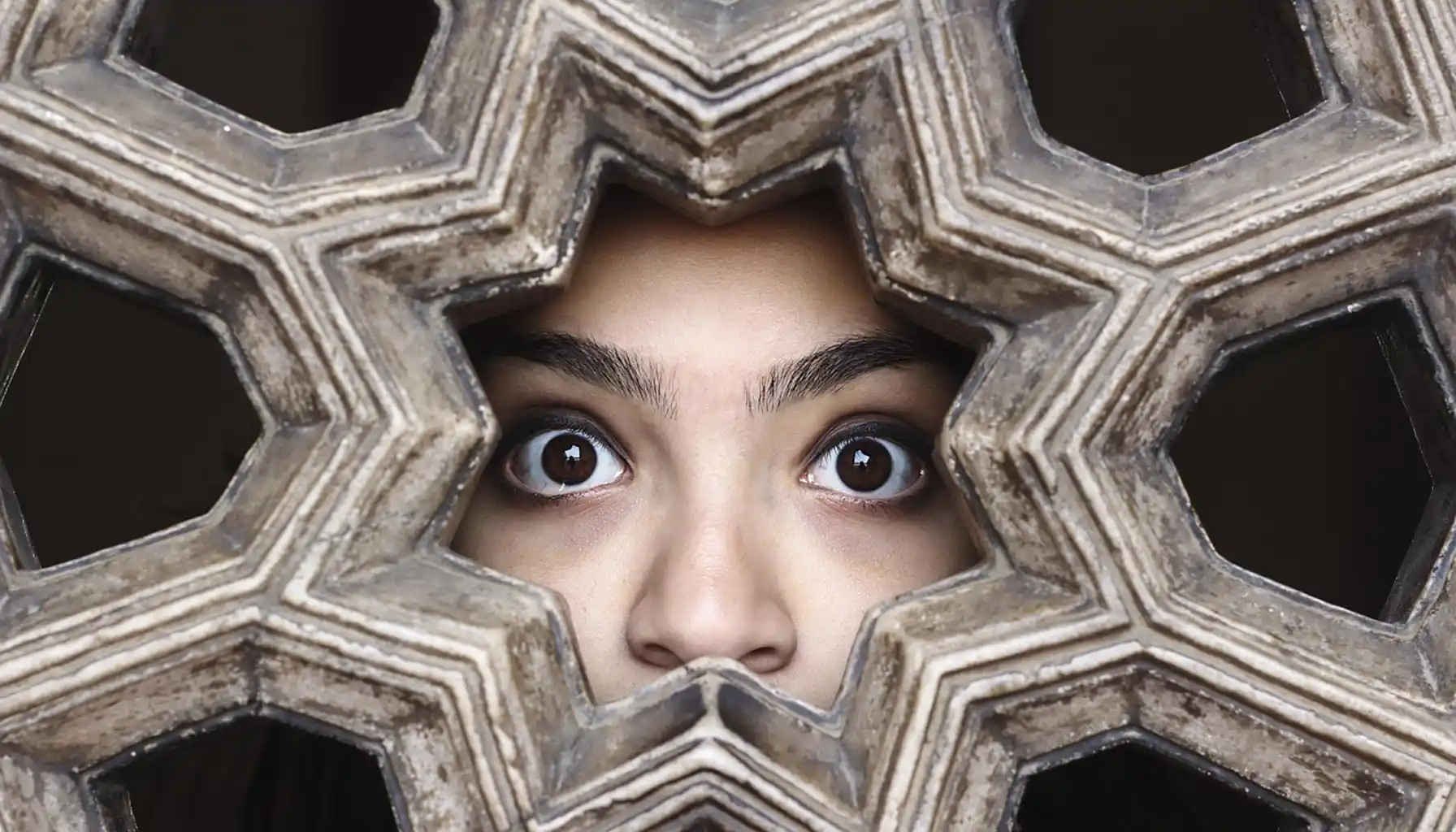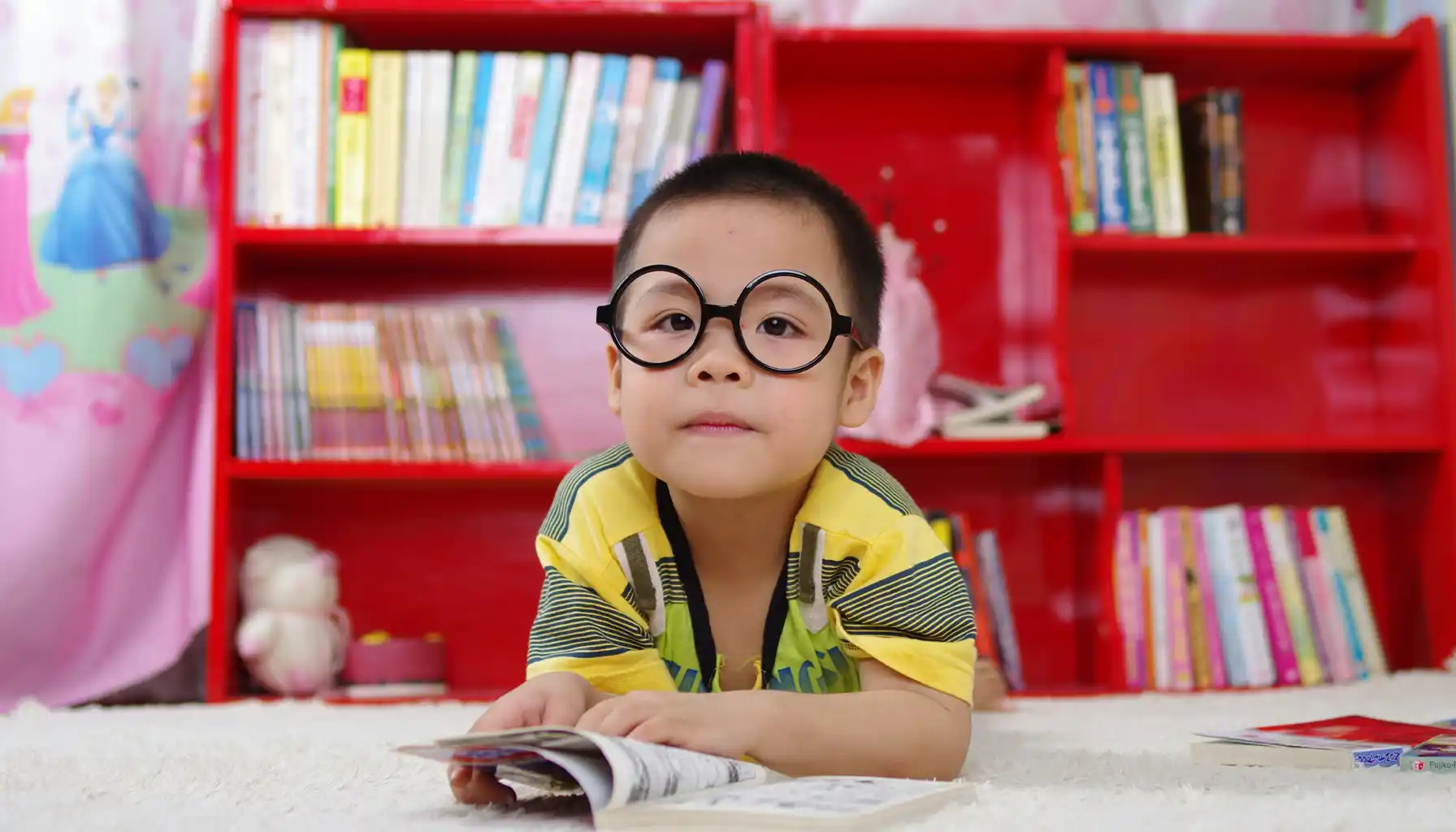Heliophobia – The Fear of Sunlight Explained
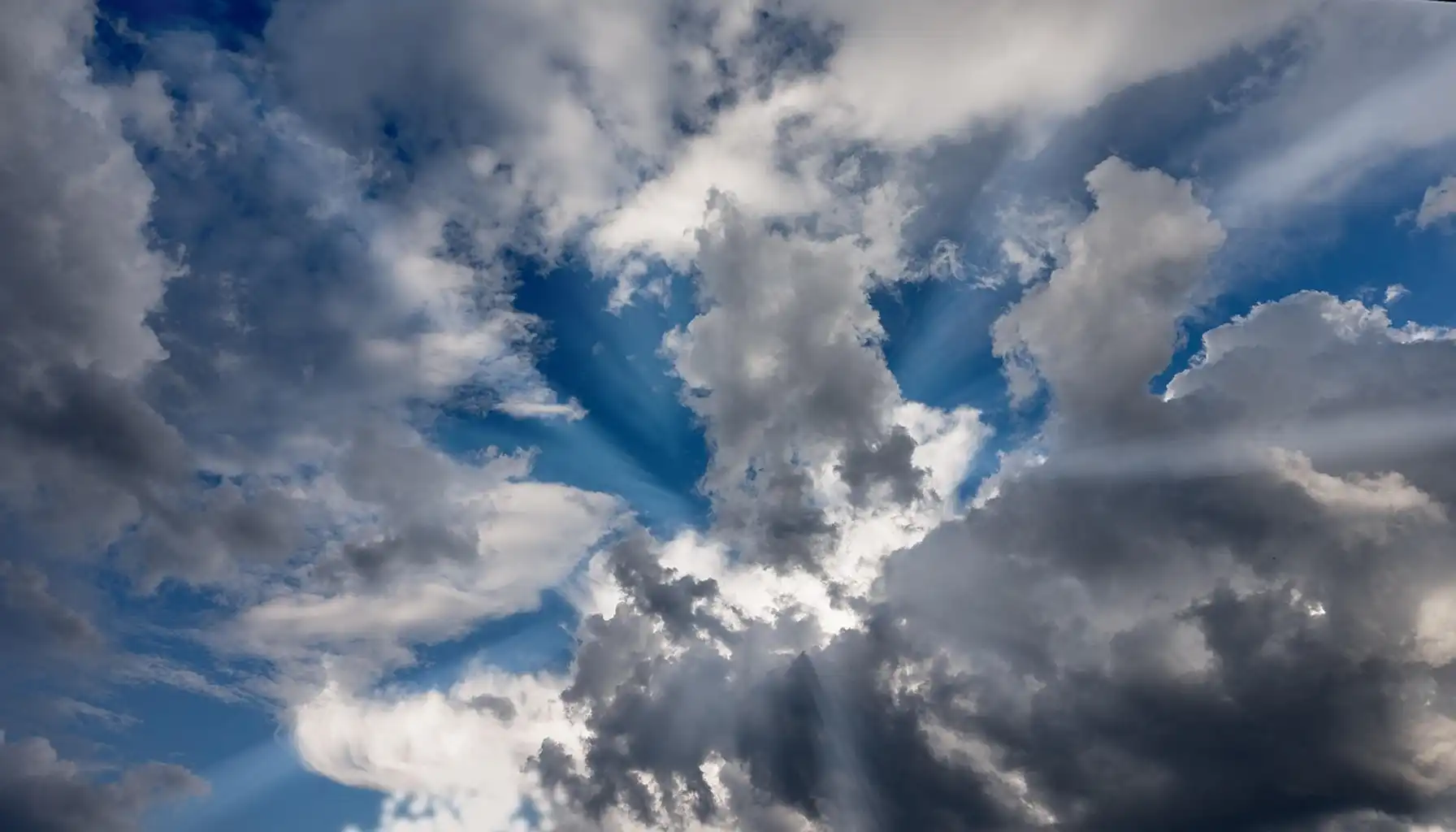
Contents:
People often ask: “What is heliophobia, and how to distinguish it from a common dislike of heat?” For some, this word remains a medical term, for others — a reality when bright light triggers anxiety and a desire to hide.
To put it bluntly, heliophobia is not just a desire to sit in the shade. Such a fear can deeply restrict daily life and often needs the care of specialists.
To make therapy easier, it’s worth adding cognitive practices. For example, brain exercise helps train attention, maintain focus, and relieve excess tension.

What is Heliophobia?
Definition and Clinical Meaning
The heliophobia meaning records: we are talking about a specific phobia, in which light is perceived as a source of threat. A person not only avoids sunny days, but can also experience anxiety when exposed to lightning.
The heliophobia definition is used in psychiatric literature: it’s a persistent irrational fear of the sun or bright light, which persists for more than six months and disrupts everyday life.
Everyday Manifestations
To answer the practical question "what does heliophobia mean?, we can give the following examples:
avoiding walks and meetings during the day;
thick curtains and darkened rooms at home;
working mainly in the evening or at night;
anxiety about planning trips to sunny regions.
Symptoms of Heliophobia
Psychological and Physical Signs
The main heliophobia symptoms can be divided into two groups:
mental: obsessive thoughts about the harm of light, panic attacks, sense of loss of control;
physical: rapid heartbeat, sweating, tremors, shortness of breath, nausea.
Functional Impact
As the fear progresses, it affects social and professional spheres:
reduced social contacts and social meetings;
decreased productivity due to the inability to attend daytime events;
development of secondary problems, such as vitamin D deficiency.
Causes of Heliophobia
Learned Experiences and Health Links
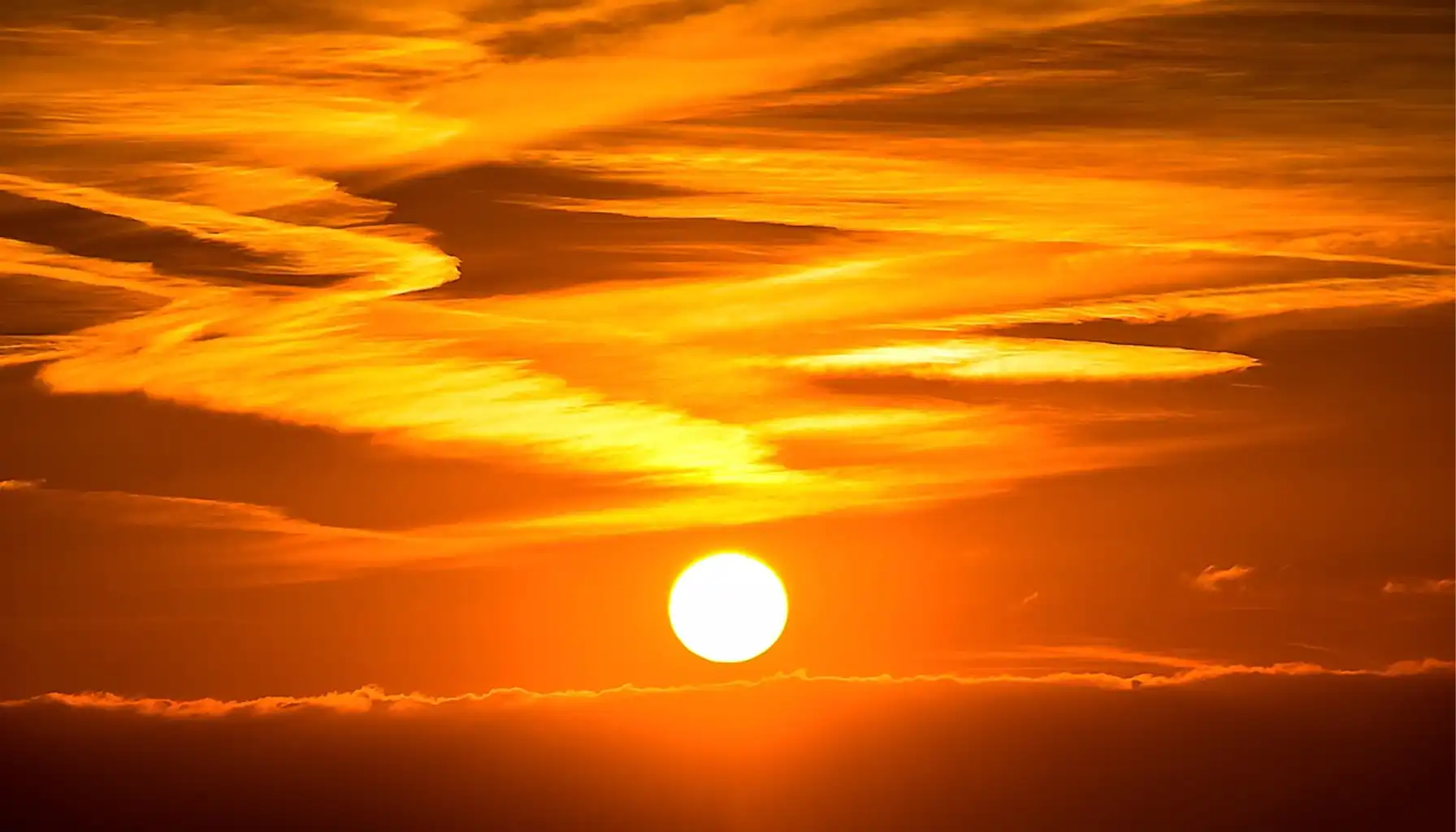
Phobias often develop after traumatic episodes: sunburn, heat stroke, fainting in the sun. The mechanism of conditioned learning is activated — the brain reinforces the connection "light = danger". In some people, fear is worsened by migraines or ophthalmological pathologies.
Psychological and Genetic Factors
Anxiety disorders and a family history of phobias may play an additional role. A separate category involves post-traumatic memories, so trauma therapy aimed at processing painful events is effective in such cases.
Prevalence and Affected Groups
How Common is It?
There is no exact answer to the question "how many people have heliophobia?". Epidemiological studies show that specific phobias occur in approximately 7-9% of the population, but the proportion of fear of light in this group is small.
Who is at Higher Risk?
people with anxiety disorders or panic attacks;
patients with chronic migraines and photosensitivity;
people who have experienced severe burns or heat stroke;
adolescents and young adults who experience anxiety more often.
Diagnosis and Prevention
Diagnostic Process
To define heliophobia in clinical practice, a specialist conducts:
gathering complaints and describing symptoms;
interview about the duration and frequency of manifestations;
exclusion of medical causes (ophthalmology, dermatology);
assessment of the level of anxiety and its impact on life.
Preventive Strategies
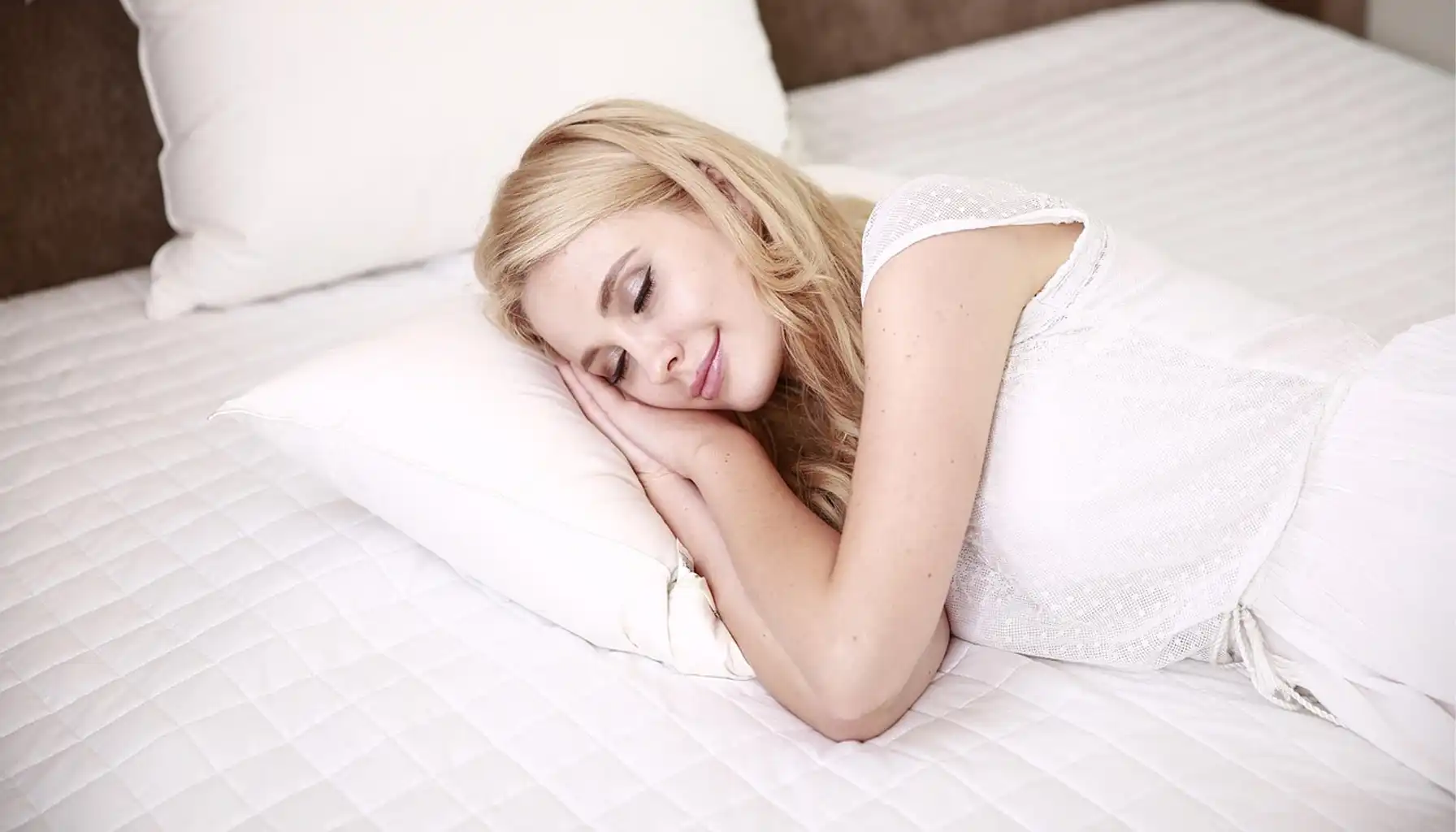
These measures help reduce the risk of fear developing before it has taken hold:
development of stress resilience through breathing practices and attention training;
healthy sleep and prevention of insomnia with a stable routine and evening hygiene;
psychoeducation: correct information about the benefits and risks of sunlight, safe hours of being outdoors, protective equipment;
regular physical activity that strengthens overall body tone;
support from others — communication and open conversations about worries.
Treatment of Heliophobia
Psychotherapeutic Approaches
Heliophobia treatment most often involves psychotherapy. The main methods are:
Cognitive behavioral therapy (CBT). It helps to recognize and reframe distorted ideas about light, replacing frightening scenarios with more realistic and calm ones.
Exposure therapy. This is a gradual habituation: first a few minutes with the curtains open, then short trips outside and over time — daytime walks.
Group support. Communication with people who face similar difficulties reduces the feeling of loneliness and gives working ideas on how to cope with fear.
A separate topic is the fear of the night sky and the cosmic scale (Astrophobia). It’s not about the sun, but sometimes it is adjacent and requires a different approach to imagery.
Medication and Supportive Care
Sometimes psychotherapy is supplemented with medications:
Anxiolytics. They are used to quickly relieve intense anxiety and panic attacks. They are usually prescribed for a short term to avoid addiction.
Antidepressants. They are suitable when fear of light is combined with pronounced depressive manifestations or generalized anxiety. They help stabilize mood and facilitate work in therapy.
Daily Life and Management
Coping Techniques at Home
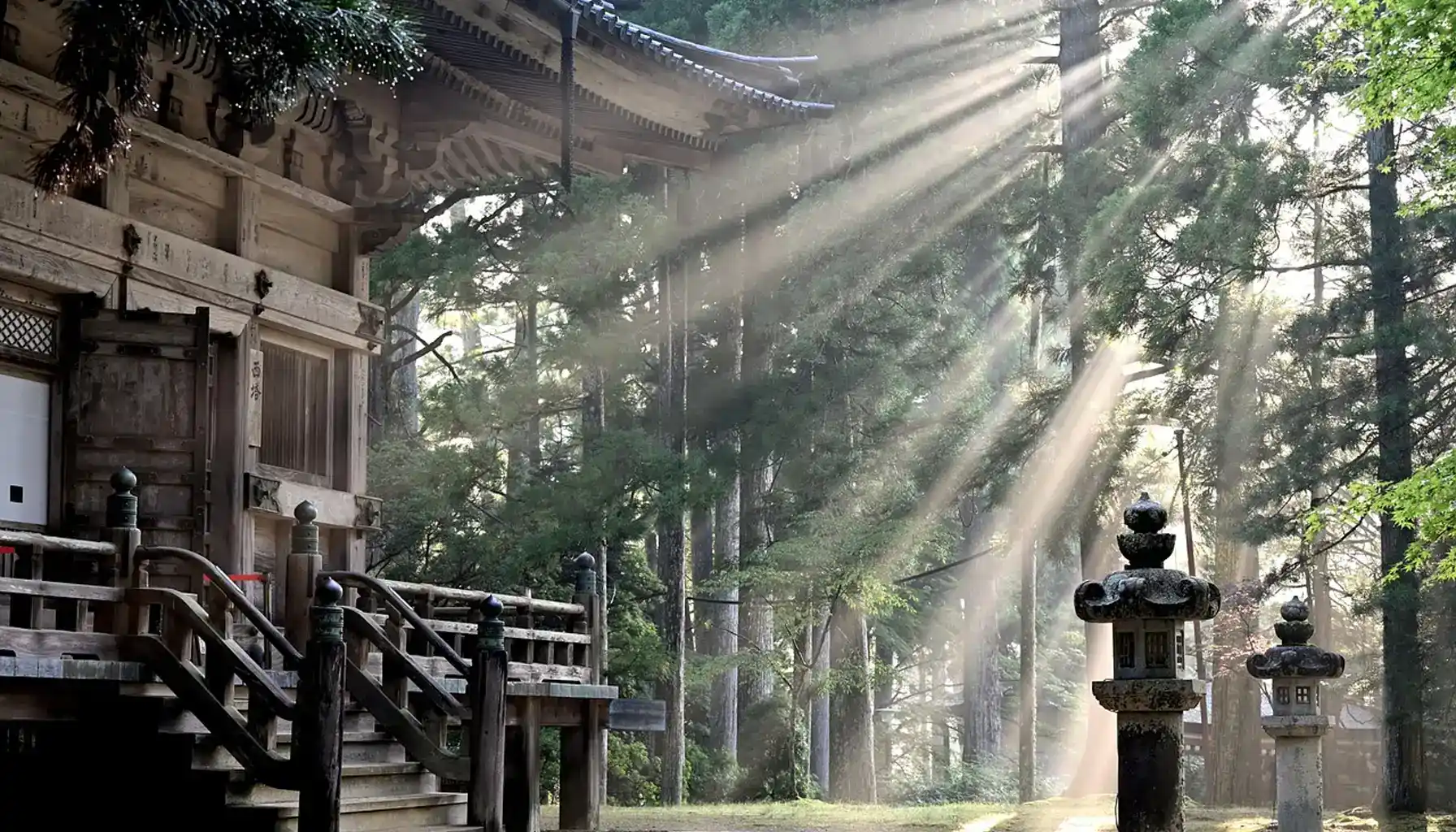
When the fear of light already interferes with everyday life, self-help techniques that reduce anxiety and give a greater sense of control over the situation:
Planning your tasks. It’s better to schedule important tasks for early morning or evening hours. This allows you to avoid overload and at the same time not limit your activity completely. You can also add a game element, for example, Mind Elevate has daily challenges, where tasks are adjusted to your level and help reinforce the habit of small but regular steps.
Gradual exposure. Contact with light is expanded in small steps: first a few minutes in the shade, then a short walk on a clear day. The method works well if done regularly.
Sun protection accessories. Glasses, hats or cream with SPF are perceived not as a barrier, but as a tool for confidence. This approach helps reduce the feeling of vulnerability.
Breathing and relaxation techniques. Slow breathing according to the "inhale-pause-exhale" pattern or short muscle relaxation allow you to quickly cope with panic in the moment.
Control of stimulants. Caffeine, energy drinks and strong tea enhance the physiological response to stress. Limiting them makes the body's reactions more predictable and softer.
Diary of observations. Recordings of situations where anxiety was lower help track progress and form a more realistic view of one's own capabilities.
Such steps don’t replace psychotherapy, but they help adapt to everyday conditions and consolidate the results of professional help.
Practical Comparison Table
Strategy | Self-Help | Professional Guidance |
Anxiety journal | ✔ | — |
Mini-exposures | ✔ | Adjusted pace |
Medication | — | ✔ |
Psychoeducation | Partial | ✔ |
Why Professional Support Matters
Fear of light is not a “personality trait,” but a condition that limits everyday life. Turning to a specialist can rebuild social connections, ease anxiety, and bring back a sense of control over your time. Just as important is knowing how to tell the difference between a psychological fear and medical photosensitivity, since that shapes the right path forward.


